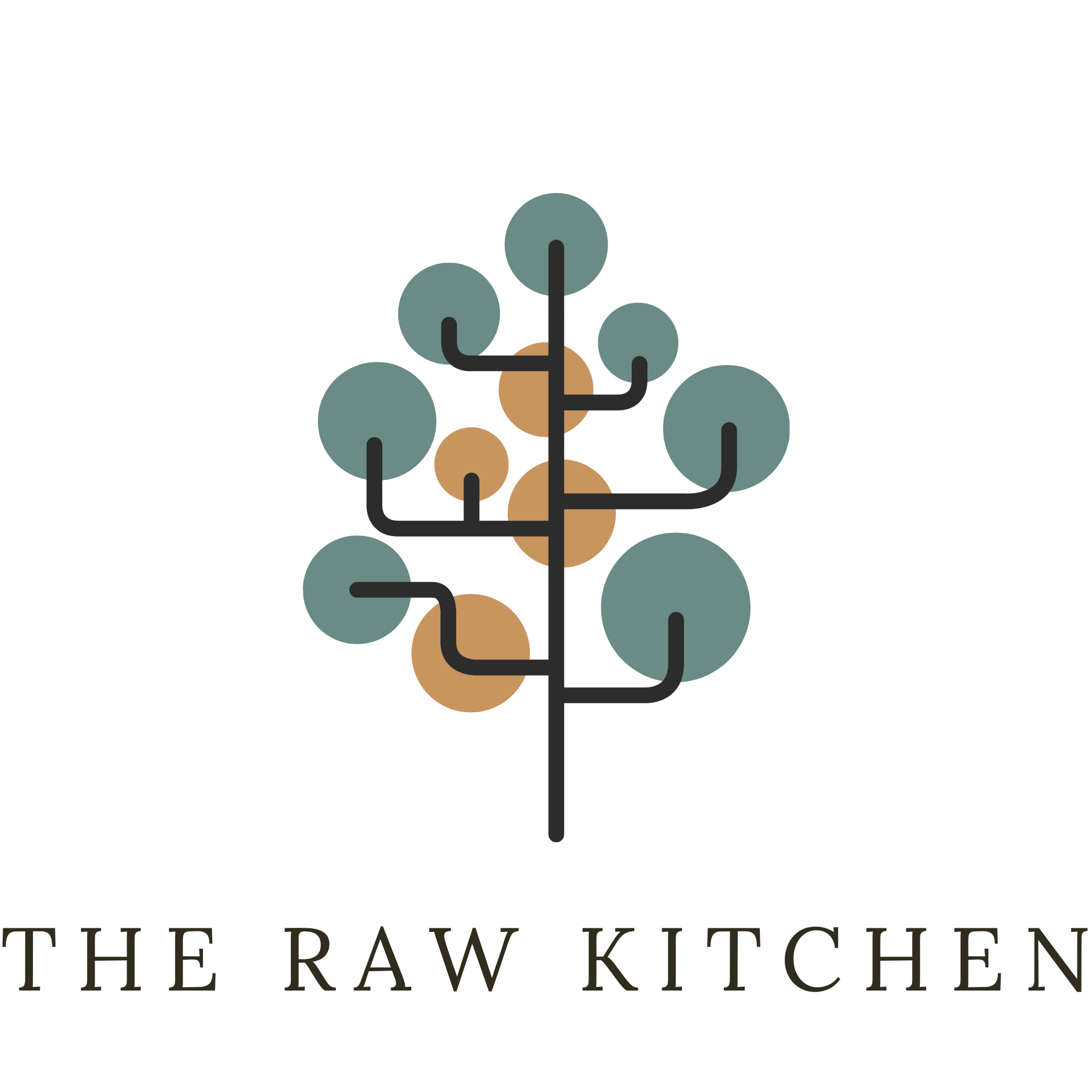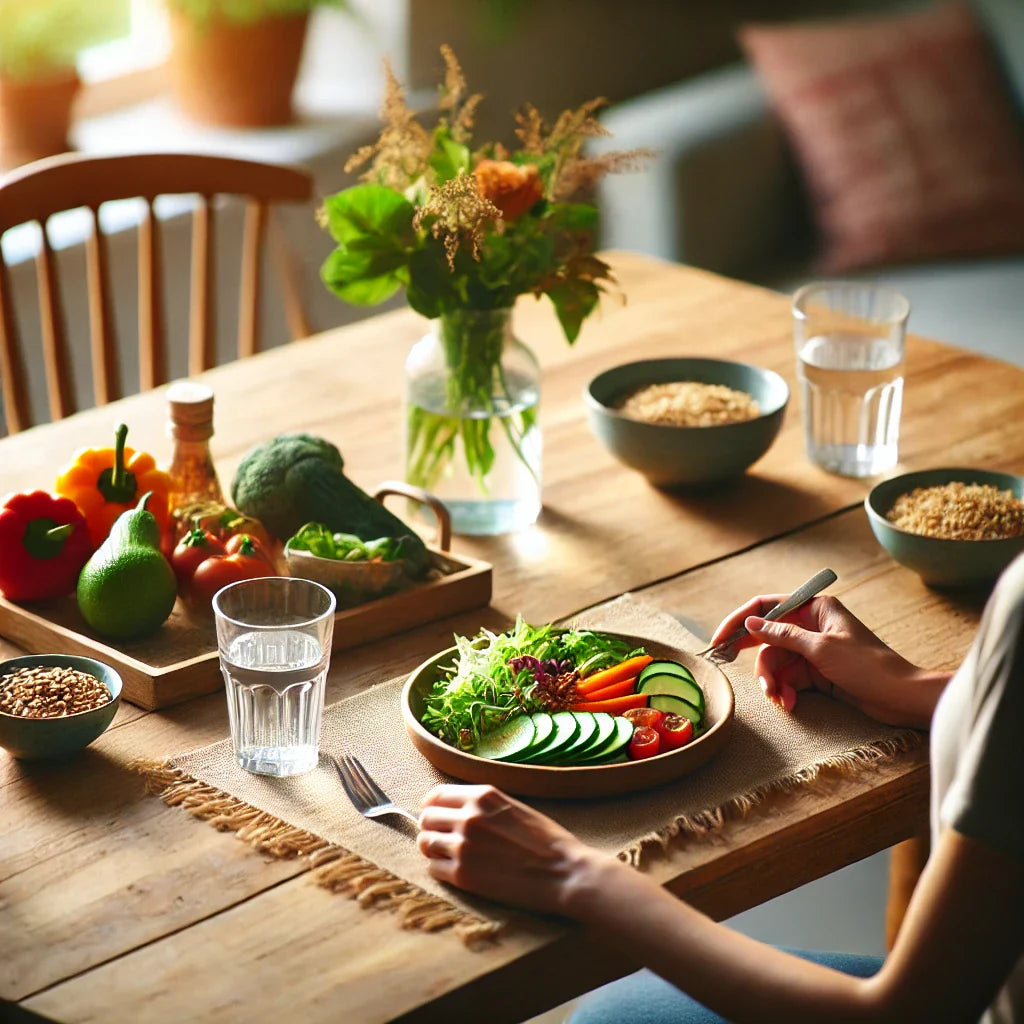
Vitamin D: Why You Need More Than the Recommended Dose
Vitamin D, often called the “sunshine vitamin,” plays a crucial role in bone health, immunity, mood regulation, and overall vitality. While mainstream guidelines suggest minimal doses, many holistic health practitioners advocate for higher levels to achieve optimal well-being.
Let’s explore why vitamin D is essential, how to get enough naturally, and whether you may need more than the standard recommendations suggest.
Why Is Vitamin D So Important?
Vitamin D functions more like a hormone than a vitamin, influencing multiple body systems:
✔ Bone Health: Helps the body absorb calcium and phosphorus, reducing the risk of osteoporosis and fractures.
✔ Immune System Support: Strengthens the body’s defence against infections and may help with autoimmune conditions.
✔ Mood & Mental Health: Supports serotonin production, helping to combat depression and anxiety.
✔ Hormonal Balance: Plays a role in thyroid regulation, reproductive health, and insulin sensitivity.
✔ Heart Health: Helps reduce arterial stiffness and supports healthy circulation and blood pressure levels.
Standard vs. Holistic Recommendations
Standard Guidelines
Conventional health organisations recommend:
👶 Children: 400–600 IU/day
🧑 Adults: 600–800 IU/day
👵 Seniors: 800–1,000 IU/day
Holistic & Functional Medicine Perspective
Functional medicine experts often view these recommendations as too low and suggest higher doses for optimal health:
✔ General maintenance: 1,000–4,000 IU/day
✔ Correcting deficiency: 5,000+ IU/day (under supervision)
✔ Target blood levels: 50–80 ng/mL (125–200 nmol/L)
🔹 My Personal Experience:
During my holistic cancer management, I took 10,000 IU per day for years with no issues. However, always consult a medical professional before high-dose supplementation.
⚠️ Important: High doses of vitamin D should be balanced with vitamin K2 to prevent calcium buildup in arteries instead of bones.
Best Sources of Vitamin D
1. Sunlight – The Natural Way to Boost Vitamin D
The most efficient way to get vitamin D is through direct sun exposure.
☀️ Sunlight Tips:
✔ Expose large skin areas (arms, legs) for 10–30 minutes, a few times a week.
✔ Avoid sunscreen during this time (but don’t overdo it to prevent burns).
✔ Darker skin tones require longer exposure for sufficient vitamin D production.
🚫 Limitations:
❌ Sunlight is less effective in winter or cloudy weather.
❌ People living in northern latitudes may not get enough sun year-round.
2. Food Sources – Can You Get Enough From Diet?
Vitamin D is naturally present in very few foods, but some are excellent sources:
🥩 Fatty Fish – Salmon, mackerel, and sardines are rich in D3.
🥚 Egg Yolks – A versatile source of vitamin D.
🧀 Fermented Dairy & Natto – Provide vitamin K2 to support calcium absorption.
🍄 Mushrooms – Sun-exposed mushrooms contain vitamin D2 (less effective than D3).
🛑 Issue: Even a diet rich in these foods often falls short of meeting optimal vitamin D levels.
3. Supplements – The Most Reliable Option
For many, vitamin D supplements are essential, especially during winter months or for those with low sun exposure.
✔ Choose Vitamin D3 (Cholecalciferol) – More effective than D2.
✔ Pair with Vitamin K2 (MK-7) – Prevents calcium buildup in soft tissues.
✔ Take with Healthy Fats – Since vitamin D is fat-soluble, consume it with avocado, nuts, or olive oil for better absorption.
Signs of Vitamin D Deficiency
Deficiency is extremely common, often going undiagnosed until symptoms become severe.
⚠️ Common Symptoms:
✔ Frequent colds, flu, or infections
✔ Bone pain or muscle weakness
✔ Fatigue or low energy
✔ Mood swings, depression, or irritability
✔ Hair thinning or loss
📌 Solution: A simple blood test can confirm deficiency and guide supplementation.
How to Optimise Your Vitamin D Levels
🔹 Test, Don’t Guess – Get your blood levels checked to determine if you need supplementation.
🔹 Pair with Magnesium – Magnesium-rich foods (leafy greens, nuts) help activate vitamin D.
🔹 Adjust Seasonally – Increase doses in winter or if you live in a low-sunlight area.
🔹 Monitor with K2 – To ensure calcium is absorbed into bones, not arteries.
Final Thoughts on Vitamin D
Vitamin D is far more than just a nutrient—it’s a key player in immune resilience, mood regulation, and long-term health.
✅ Sunlight is the best source, but food alone isn’t enough for most people.
✅ Holistic health advocates often recommend higher levels than conventional guidelines.
✅ Balanced supplementation (with vitamin K2) can help maintain optimal health.
Whether you get your vitamin D from sunshine, food, or supplements, ensuring adequate levels can have a profound impact on your overall well-being.
Start small, test your levels, and embrace the power of the sunshine vitamin! ☀️



Leave a comment
This site is protected by hCaptcha and the hCaptcha Privacy Policy and Terms of Service apply.